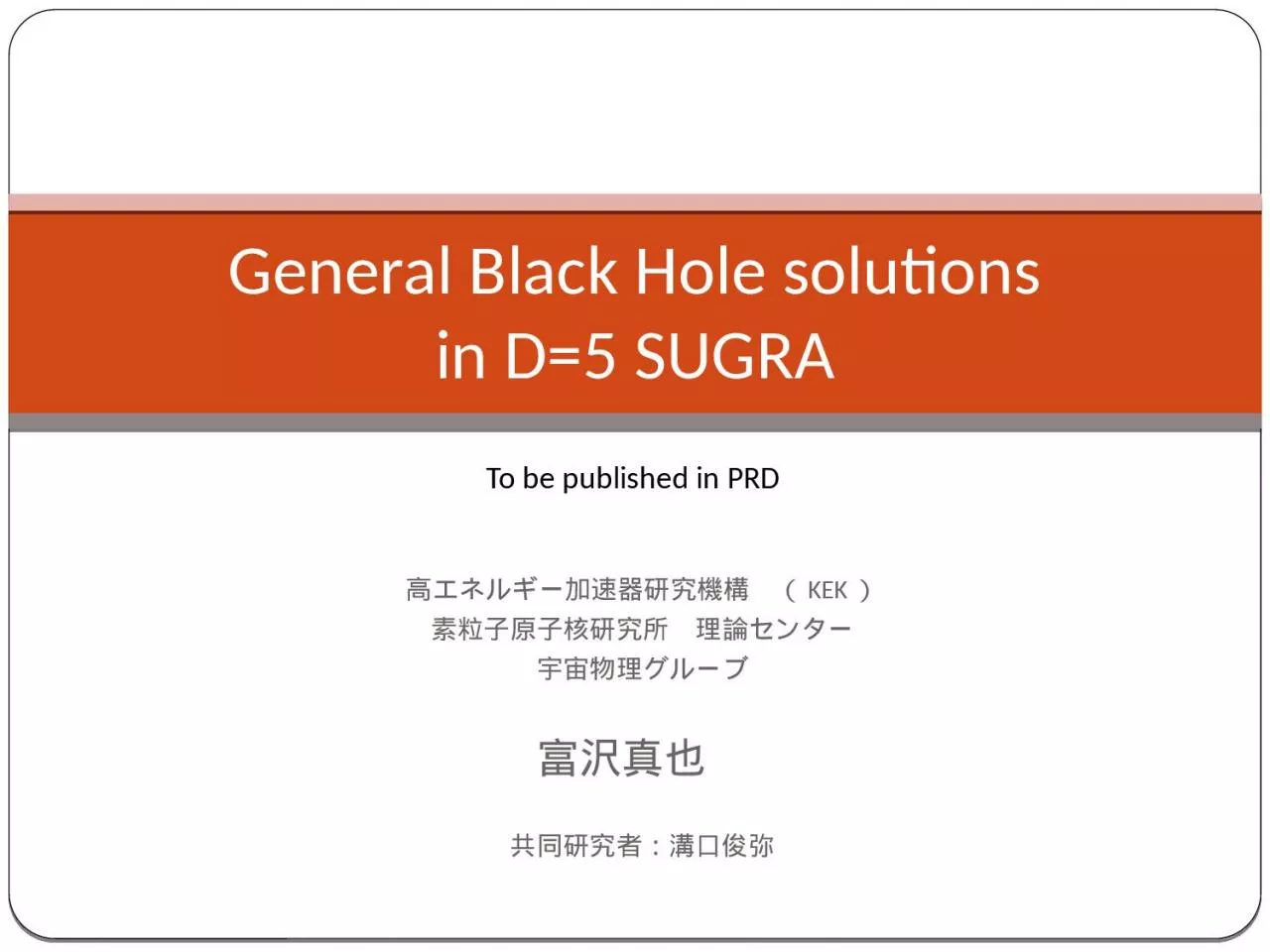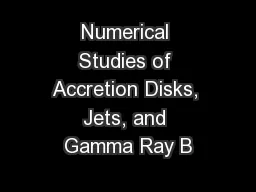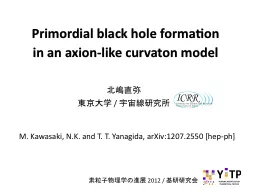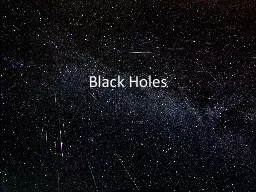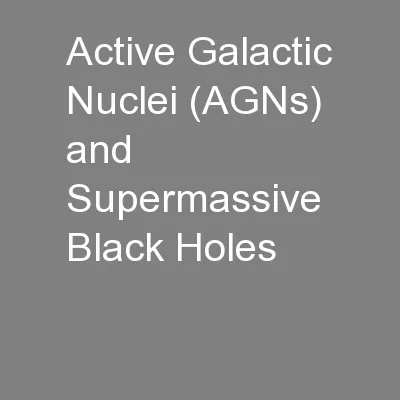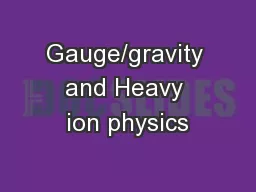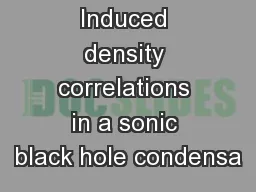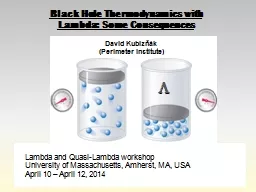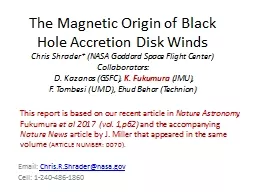PPT-General Black Hole solutions in D=5 SUGRA
Author : eartala | Published Date : 2020-08-28
in D5 SUGRA To be published in PRD 高エネルギー加速器研究機構 KEK 素粒子原子核研究所 理論センター 宇宙 物理グルーブ 富沢真也
Presentation Embed Code
Download Presentation
Download Presentation The PPT/PDF document "General Black Hole solutions in D=5 SUGR..." is the property of its rightful owner. Permission is granted to download and print the materials on this website for personal, non-commercial use only, and to display it on your personal computer provided you do not modify the materials and that you retain all copyright notices contained in the materials. By downloading content from our website, you accept the terms of this agreement.
General Black Hole solutions in D=5 SUGRA: Transcript
Download Rules Of Document
"General Black Hole solutions in D=5 SUGRA"The content belongs to its owner. You may download and print it for personal use, without modification, and keep all copyright notices. By downloading, you agree to these terms.
Related Documents

